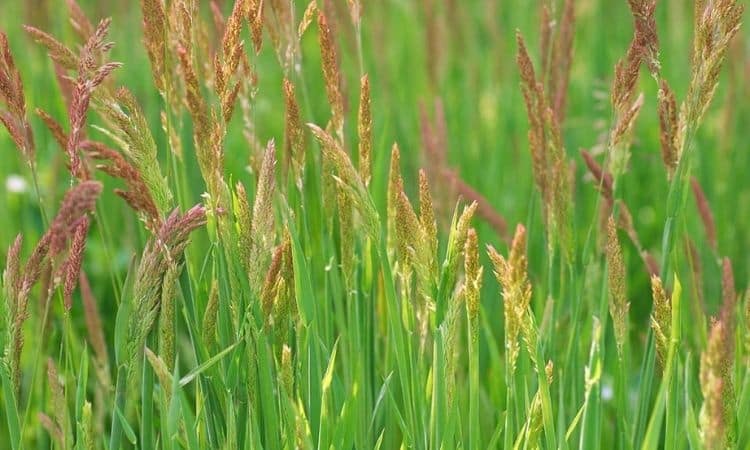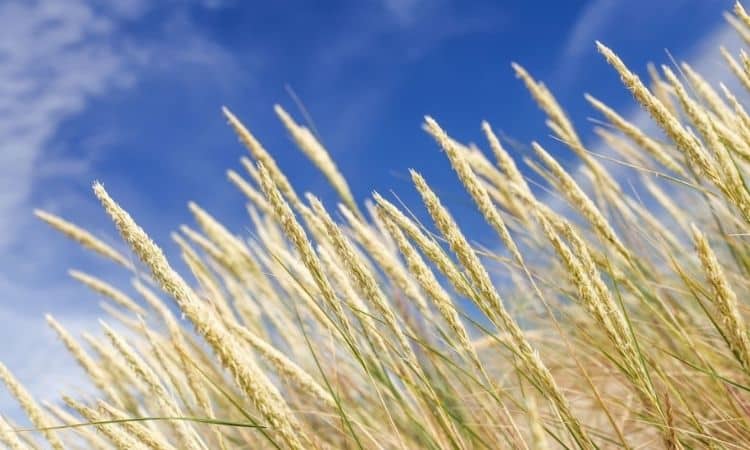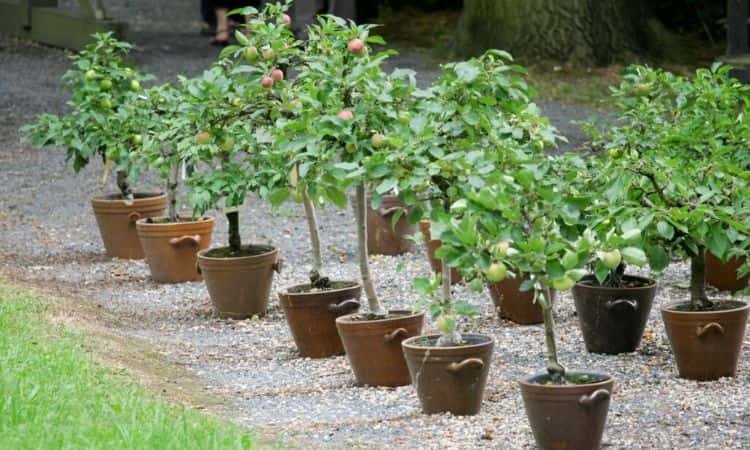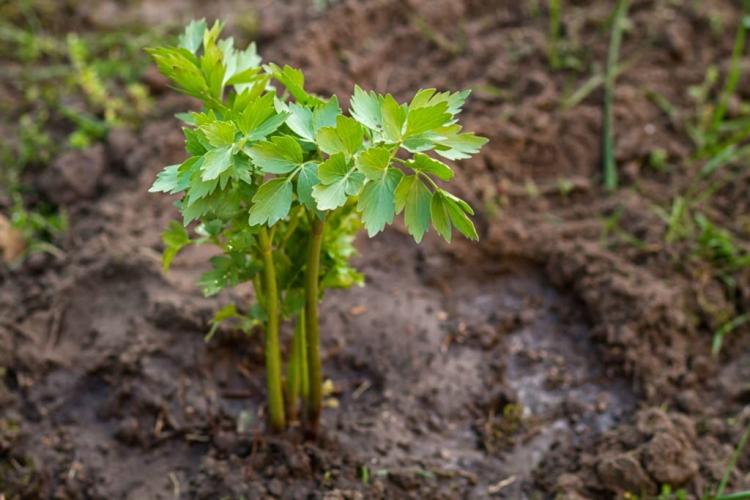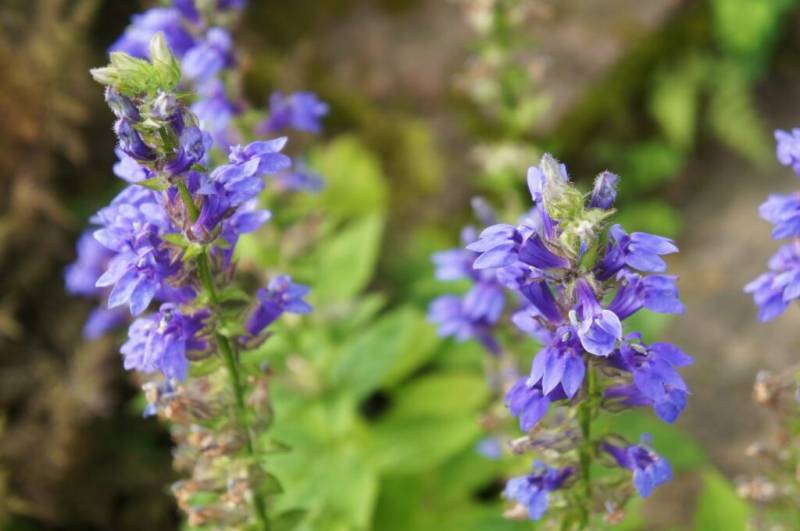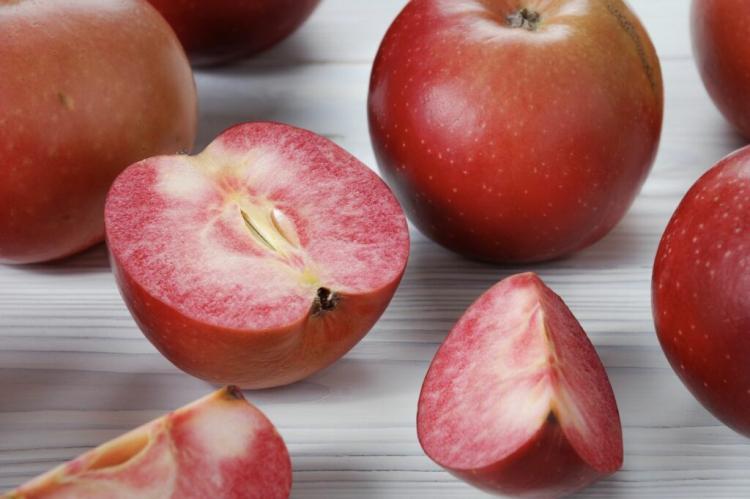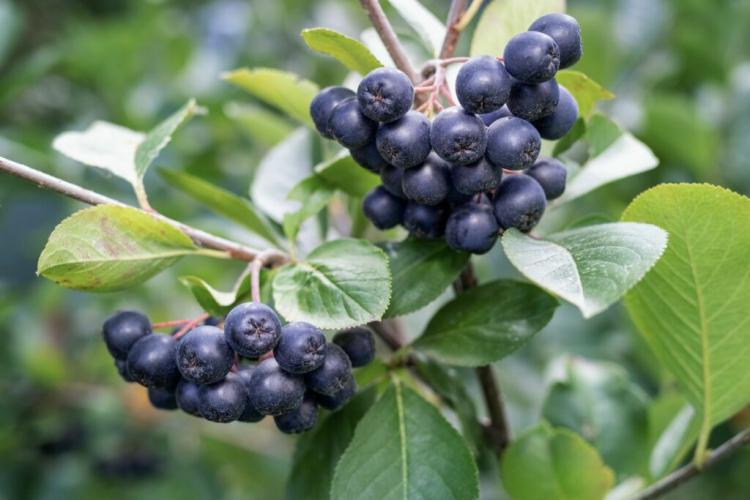Red Fescue: Properties And Use Of The Festuca Rubra
Red fescue (Festuca Rubra) is a common ingredient of lawn seed mixtures for the garden. But what are the characteristics of the grass, and how is it used in the lawn? No lawn grass is as fine-leaved and can grow as dense and carpet-like as Festuca Rubra.
On the one hand, this makes red fescue an important refiner of ornamental lawns. Its use on golf courses is common when the ball needs to roll particularly well. Because red fescue enhances the appearance of the lawn in the home garden and also has extremely low demands on soil and climate, it is ideal for many members of Gardender.
Festuca Rubra: origin and description
Table of Contents
Like German ryegrass (Lolium perenne) and meadow grass (Poa pratensis), red fescue belongs to the sweet grasses (Poaceae). There are various subspecies of Festuca rubra in the temperate climate zones of Europe, Asia, America, and Africa. Some of them grow in nests, others grow in flat areas through underground runners.
Common red fescue also grows well on poorer, drier soils and can easily withstand harsh winters and strong, frequent bites from herbivores. The narrow leaves are grey-green and hairless. Festuca rubra is perennial and grows to a height of 20 to 80 centimeters in its natural habitat every year. In high to late summer, the red fescue forms seeds on double-molded inflorescences.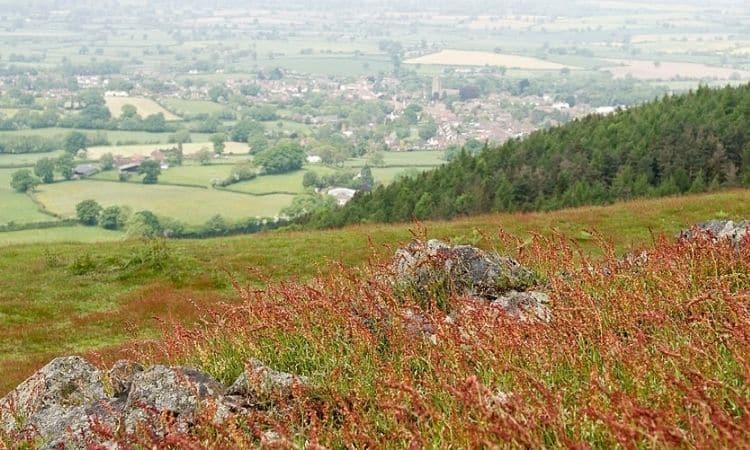
Properties and use of the red fescue
The subspecies of the red fescue can differ markedly from each other. For a general overview, we have summarized common characteristics of the species for you at a glance.
What are the characteristics of the Festuca rubra?
In the following overview we have summarized what makes red fescue so special:
The red fescue in a Nut soon
| Characteristics | The leaf is grey green and fine; depending on the subspecies, from dense-leaved through growth in nests to regeneration-loving through underground foothills |
| Claims | Low demands on climate, soil, and nutrient supply, the wide tolerance range |
| Durability | Means, different depending on subspecies |
| Use | Sports and play turf, lawn repair and shade turf, and in deep-cut lawn and ornamental turf |
| Germ duration and development | Relatively fast germination and initial development, good displacement of weeds |
| Minimum cutting height | Depending on the grade 6 to 20 mm; suitable for regular deep cutting |
| Specifics | The finest, finest leaf of all grasses |
Festuca rubra can display very different characteristics depending on the subspecies considered. Eyrie-enjoy growing subspecies such as Festuca rubra spp. commutata form a dense carpet-like scar, but damage to the lawn cannot regenerate via runners. Runner-growing subspecies such as Festuca rubra ssp. rubra often have a loose scar, but can close holes in the lawn quickly.
By adding the subspecies Festuca rubra ssp. trichophylla, our mixtures also become more tolerant of drought, watering, shade, and even salt, which can get onto the lawn in winter through gritting.
How is the Festuca rubra used?
Because of its broad site tolerance, red fescue is a popular all-rounder in all lawn seed mixtures intended for lawns with low to medium stress. In shade turf, it exploits its shade tolerance, in sports and plays turf and turf repair, the good regenerative ability of the runner species is exploited. I especially appreciate the extremely fine leaf in representative ornamental lawns and golf lawns for its noble appearance and dense carpet formation. Grazing animals strangely spurn the grass, which is why it is unsuitable as fodder grass.
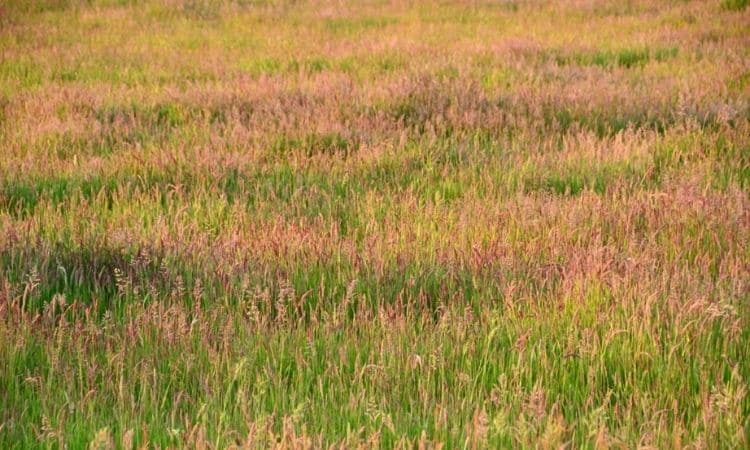
Different varieties of Festuca rubra
The targeted breeding of the red fescue strives to deepen the outstanding qualities of the respective subspecies and to weaken disadvantageous qualities. To give you an overview, you will find here one example each from the different growth groups of the red fescue.
Festuca rubra Barlineus (Eyrie-forming red fescue)
Slow growing; beautiful green even in winter; very fine leaves; very dense turf; good competitiveness against weeds; medium hardiness; very suitable for play and sports lawns and for ornamental lawns.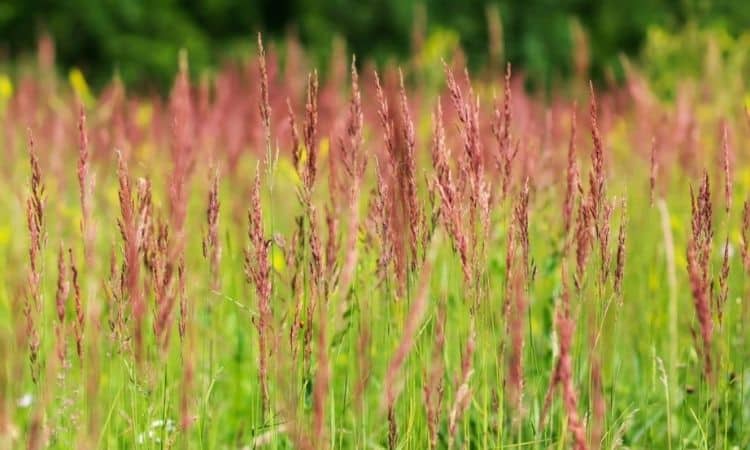
Festuca rubra Spice (Red fescue)
Medium speed of growth; does not always stay green in winter; fine leaves and moderately dense scar; good weed suppression and medium hardiness; suitable for less stressed sports and play lawns: Positive, as the ability to regenerate damage.
Festuca rubra Viktoria (Red fescue with quick runners)
Rather slow-growing; relatively green in winter; extremely fine leaves and extremely dense turf; good competitiveness against weeds; low durability; suitable for sports and play lawns and ornamental lawns.
